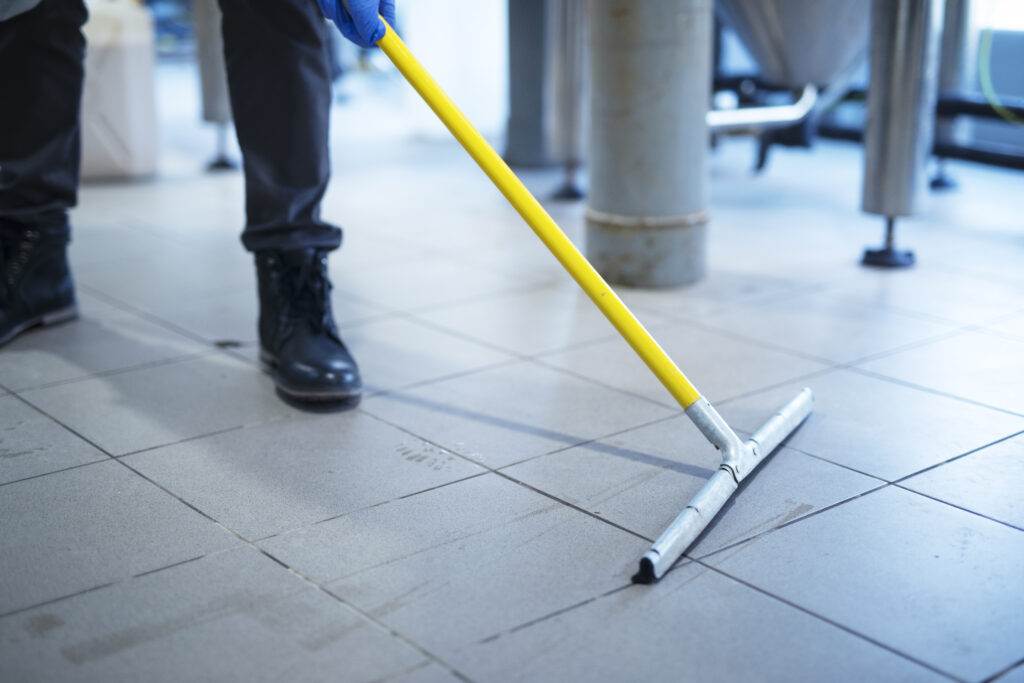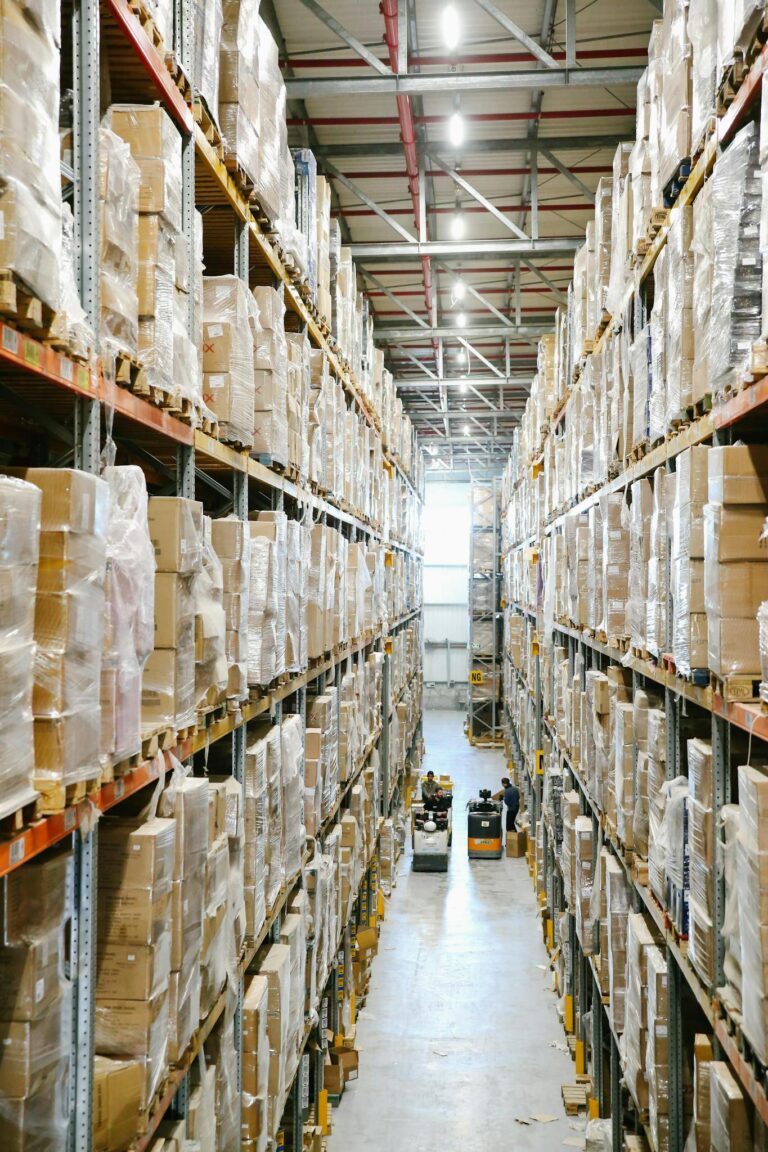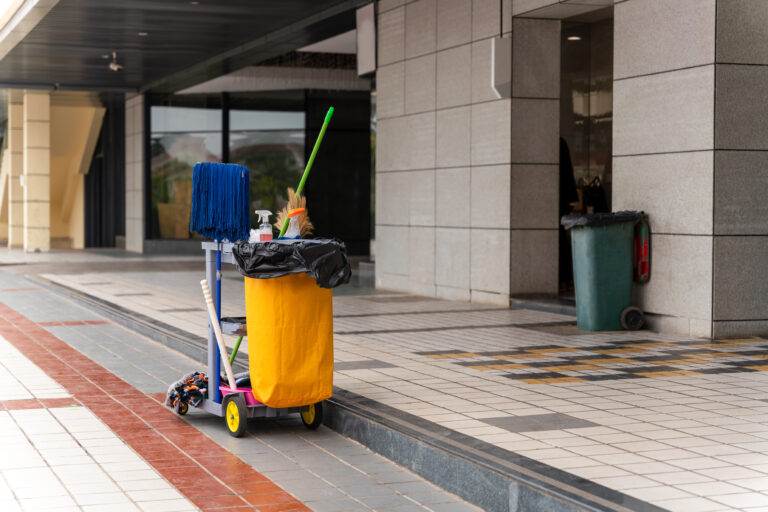In healthcare facilities, the significance of floor care cannot be overstated. Floors are not merely surfaces to walk on; they play a crucial role in maintaining a safe and hygienic environment for patients, staff, and visitors. The nature of healthcare settings, where vulnerable populations are present, necessitates a higher standard of cleanliness and maintenance.
Floors can harbor pathogens, allergens, and other contaminants that pose risks to health. Therefore, a robust floor care program is essential to mitigate these risks and ensure the overall well-being of everyone within the facility. Moreover, well-maintained floors contribute to the aesthetic appeal of healthcare environments.
A clean and polished floor can enhance the perception of the facility, instilling confidence in patients and their families. It reflects a commitment to quality care and attention to detail, which is vital in healthcare settings. In Northern California, where healthcare facilities often serve diverse communities, the importance of maintaining a pristine environment is amplified.
A comprehensive floor care strategy is not just about cleanliness; it is about fostering trust and promoting healing.
Key Takeaways
- Proper floor care is crucial in healthcare facilities to maintain a clean and safe environment for patients, staff, and visitors.
- Daily floor care strategies, such as regular sweeping and mopping, help prevent the buildup of dirt, debris, and germs on the floors.
- Daily floor care benefits include improved indoor air quality, reduced risk of slips and falls, and a more professional appearance for the facility.
- Weekly floor care strategies, such as deep cleaning and polishing, contribute to a longer lifespan for the flooring and a more hygienic environment.
- Weekly floor care advantages include enhanced aesthetics, improved infection control, and cost savings in the long run.
Daily Floor Care Strategies
Implementing effective daily floor care strategies is essential for maintaining cleanliness and safety in healthcare facilities. One of the primary strategies involves regular sweeping and mopping of high-traffic areas. This routine helps to remove dirt, dust, and debris that accumulate throughout the day.
Utilizing appropriate cleaning solutions that are safe for healthcare environments is crucial to ensure that floors are not only clean but also free from harmful chemicals that could affect patients or staff. In addition to sweeping and mopping, daily inspections of flooring surfaces should be conducted. This practice allows staff to identify any potential hazards, such as spills or damaged flooring, that could pose risks to safety.
Promptly addressing these issues is vital in preventing accidents and maintaining a safe environment. Furthermore, placing mats at entrances can significantly reduce the amount of dirt tracked into the facility, thereby minimizing the workload for daily cleaning efforts.
Benefits of Daily Floor Care
The benefits of implementing daily floor care strategies in healthcare facilities are manifold. First and foremost, regular cleaning helps to prevent the buildup of contaminants that can lead to infections or allergic reactions among patients and staff. By maintaining a clean environment, healthcare facilities can significantly reduce the risk of cross-contamination and promote better health outcomes.
Additionally, daily floor care contributes to the longevity of flooring materials. Regular maintenance prevents wear and tear caused by dirt and debris, which can lead to costly repairs or replacements over time. A well-maintained floor not only looks better but also functions better, providing a safer surface for movement within the facility.
In Northern California’s competitive healthcare landscape, investing in daily floor care can enhance operational efficiency and reduce long-term costs associated with flooring maintenance.
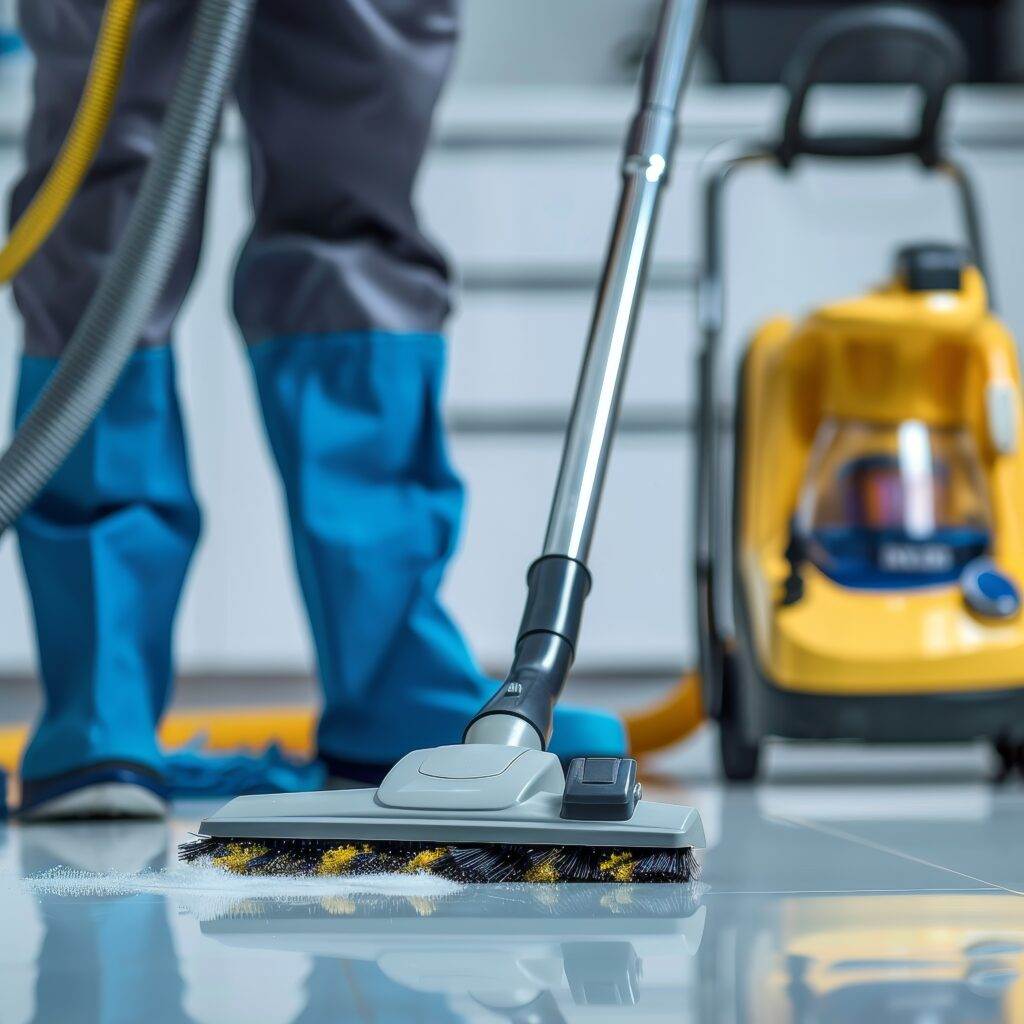
Weekly Floor Care Strategies
While daily floor care is essential, weekly strategies are equally important for comprehensive maintenance in healthcare facilities. One effective weekly strategy involves deep cleaning procedures that go beyond routine sweeping and mopping. This may include stripping and waxing hard floors or shampooing carpets to remove embedded dirt and stains.
Such deep cleaning not only enhances the appearance of floors but also helps to maintain hygiene standards. Another critical weekly strategy is the assessment of floor care equipment and supplies. Ensuring that cleaning machines are functioning optimally and that cleaning products are stocked is vital for maintaining an effective cleaning regimen.
Regularly reviewing these resources allows facilities to adapt their cleaning strategies based on usage patterns and specific needs, ensuring that they are always prepared for any challenges that may arise.
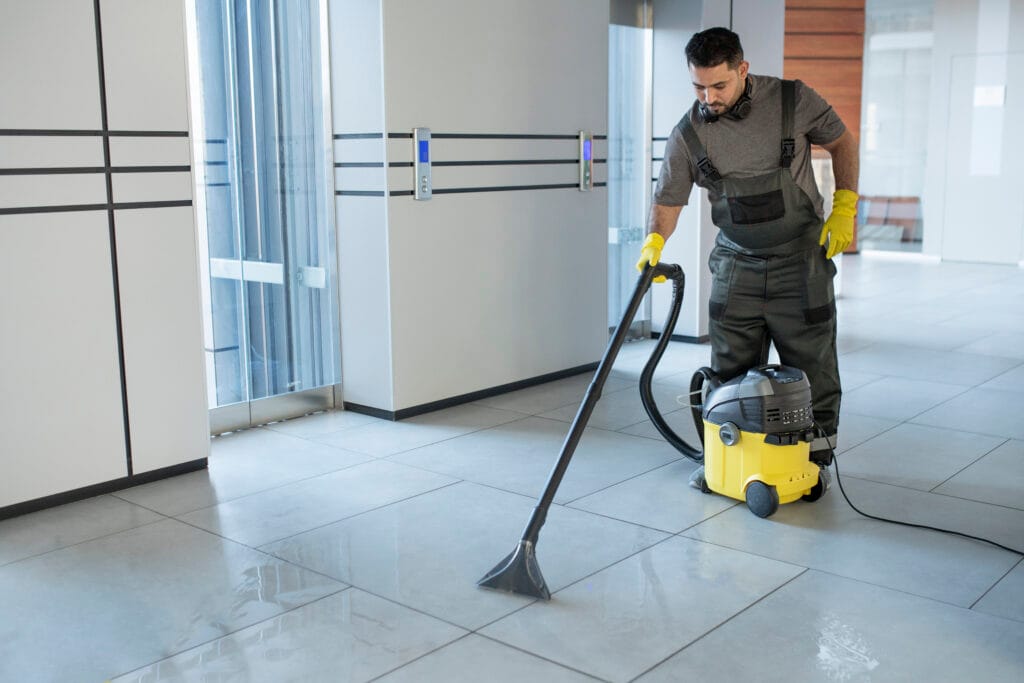
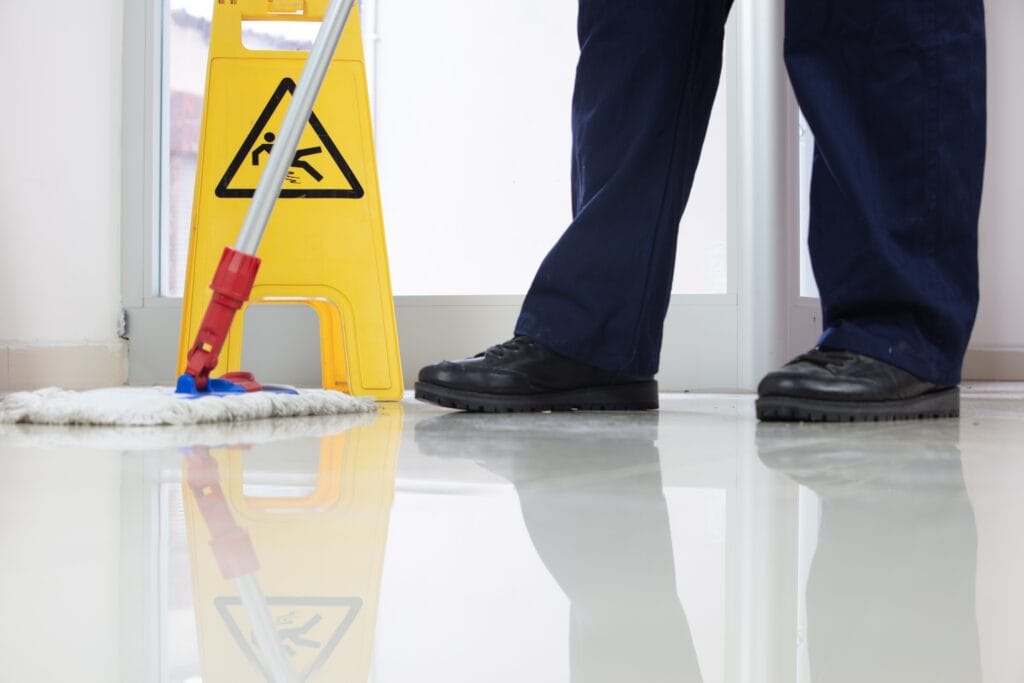
Advantages of Weekly Floor Care
The advantages of implementing weekly floor care strategies in healthcare facilities are significant. One primary benefit is the enhanced cleanliness that comes from deep cleaning efforts. By addressing areas that may not receive attention during daily cleaning routines, facilities can ensure a higher standard of hygiene, which is particularly important in preventing infections.
Moreover, weekly floor care can lead to improved morale among staff and patients alike. A clean environment fosters a sense of pride and professionalism among healthcare workers while also providing patients with a more pleasant experience during their visits. In Northern California’s diverse healthcare landscape, where patient satisfaction is paramount, maintaining high standards through weekly floor care can contribute positively to overall perceptions of care quality.
Differences in Maintenance Need
Flooring Type-Specific Maintenance
Different flooring materials have distinct maintenance requirements. For instance, vinyl floors require regular stripping and waxing to maintain their shine and protect against scratches, while carpets need specialized cleaning techniques to remove stains without damaging fibers.
Varying Maintenance Needs by Area
Different areas within a healthcare facility have varying maintenance requirements based on foot traffic levels and specific functions. Operating rooms, for example, demand stringent cleanliness standards due to their critical role in patient safety, necessitating more frequent deep cleaning compared to administrative areas.
Tailoring Floor Care Strategies
Recognizing these differences allows facilities to tailor their floor care strategies effectively, ensuring that each area receives the appropriate level of attention. By understanding the unique needs of different flooring types and areas, healthcare facilities can maintain clean, safe, and healthy environments for patients, staff, and visitors.
Impact on Infection Control
Floor care plays a pivotal role in infection control within healthcare facilities. Contaminated floors can serve as reservoirs for pathogens that may lead to healthcare-associated infections (HAIs). By implementing rigorous floor care protocols, facilities can significantly reduce the risk of these infections spreading among patients and staff.
Regular cleaning and disinfection of floors help eliminate harmful microorganisms that could compromise patient safety. Furthermore, maintaining clean floors contributes to a culture of safety within healthcare environments. When staff observe consistent cleaning practices, it reinforces the importance of hygiene across all aspects of care delivery.
In Northern California’s healthcare landscape, where infection control is a top priority due to diverse patient populations, effective floor care strategies are essential for safeguarding public health.
Cost Considerations
While investing in comprehensive floor care strategies may seem like an added expense for healthcare facilities, it is essential to consider the long-term cost benefits associated with proper maintenance. Regular cleaning reduces the likelihood of costly repairs or replacements due to neglect or damage caused by dirt accumulation. Additionally, maintaining clean floors can lead to decreased liability risks associated with accidents caused by slips or falls on unkempt surfaces.
Moreover, effective floor care can contribute to improved operational efficiency by minimizing disruptions caused by emergency cleaning or repairs. Facilities that prioritize regular maintenance are better positioned to allocate resources effectively and avoid unexpected costs associated with compromised hygiene or safety standards.
Staffing and Training Requirements
To implement effective floor care strategies in healthcare facilities, adequate staffing and training are paramount. Facilities must ensure they have enough personnel dedicated to cleaning tasks while also providing them with comprehensive training on best practices for floor maintenance. This training should encompass proper techniques for cleaning various flooring types, as well as knowledge about appropriate cleaning products that align with safety standards.
Additionally, ongoing training is essential to keep staff updated on new cleaning technologies or methods that may enhance efficiency or effectiveness. Investing in staff development not only improves the quality of floor care but also fosters a sense of professionalism among team members who take pride in their work.
Equipment and Product Considerations
Selecting the right equipment and cleaning products is critical for successful floor care in healthcare facilities. High-quality cleaning machines designed for specific flooring types can enhance efficiency while ensuring thorough cleaning results. For instance, using specialized carpet extractors can effectively remove deep-seated dirt without damaging fibers.
Equally important is choosing environmentally friendly cleaning products that meet safety standards for healthcare environments. These products should effectively eliminate pathogens while minimizing harmful chemical exposure for patients and staff alike. In Northern California’s environmentally conscious landscape, utilizing green cleaning solutions aligns with broader sustainability goals while promoting health within healthcare settings.
Best Practices for Implementing Floor Care Strategies
To successfully implement floor care strategies in healthcare facilities, several best practices should be considered. First, developing a comprehensive floor care plan that outlines daily and weekly tasks ensures consistency in maintenance efforts across all areas of the facility. This plan should be regularly reviewed and updated based on changing needs or challenges.
Additionally, fostering open communication among staff regarding floor care responsibilities promotes accountability and teamwork. Encouraging feedback from cleaning personnel can lead to continuous improvement in processes and outcomes. Finally, regularly assessing the effectiveness of floor care strategies through inspections or audits allows facilities to identify areas for enhancement and ensure compliance with hygiene standards.
In conclusion, effective floor care is an integral component of maintaining a safe and hygienic environment within healthcare facilities in Northern California. By implementing daily and weekly strategies tailored to specific needs while considering infection control measures and cost implications, facilities can enhance patient safety and satisfaction while promoting operational efficiency through well-maintained flooring systems.
FAQs
What are the benefits of daily floor care in healthcare facilities?
Daily floor care in healthcare facilities helps to maintain a clean and hygienic environment, reduces the risk of infection and cross-contamination, and extends the lifespan of the flooring.
What are the benefits of weekly floor care in healthcare facilities?
Weekly floor care in healthcare facilities allows for a deeper cleaning and maintenance of the flooring, including tasks such as buffing, polishing, and applying protective coatings to keep the floors in optimal condition.
What are the key differences between daily and weekly floor care strategies in healthcare facilities?
Daily floor care focuses on routine cleaning and maintenance tasks such as sweeping, mopping, and spot cleaning, while weekly floor care involves more intensive cleaning and maintenance activities to address wear and tear, stains, and other issues.
How do daily and weekly floor care strategies contribute to infection control in healthcare facilities?
Daily floor care helps to remove dirt, debris, and potentially infectious materials from the floors, while weekly floor care allows for a more thorough cleaning and disinfection to minimize the risk of healthcare-associated infections.
What factors should healthcare facilities consider when determining their floor care strategies?
Healthcare facilities should consider the type of flooring material, foot traffic levels, infection control requirements, budget constraints, and the specific needs of different areas within the facility when determining their floor care strategies.
